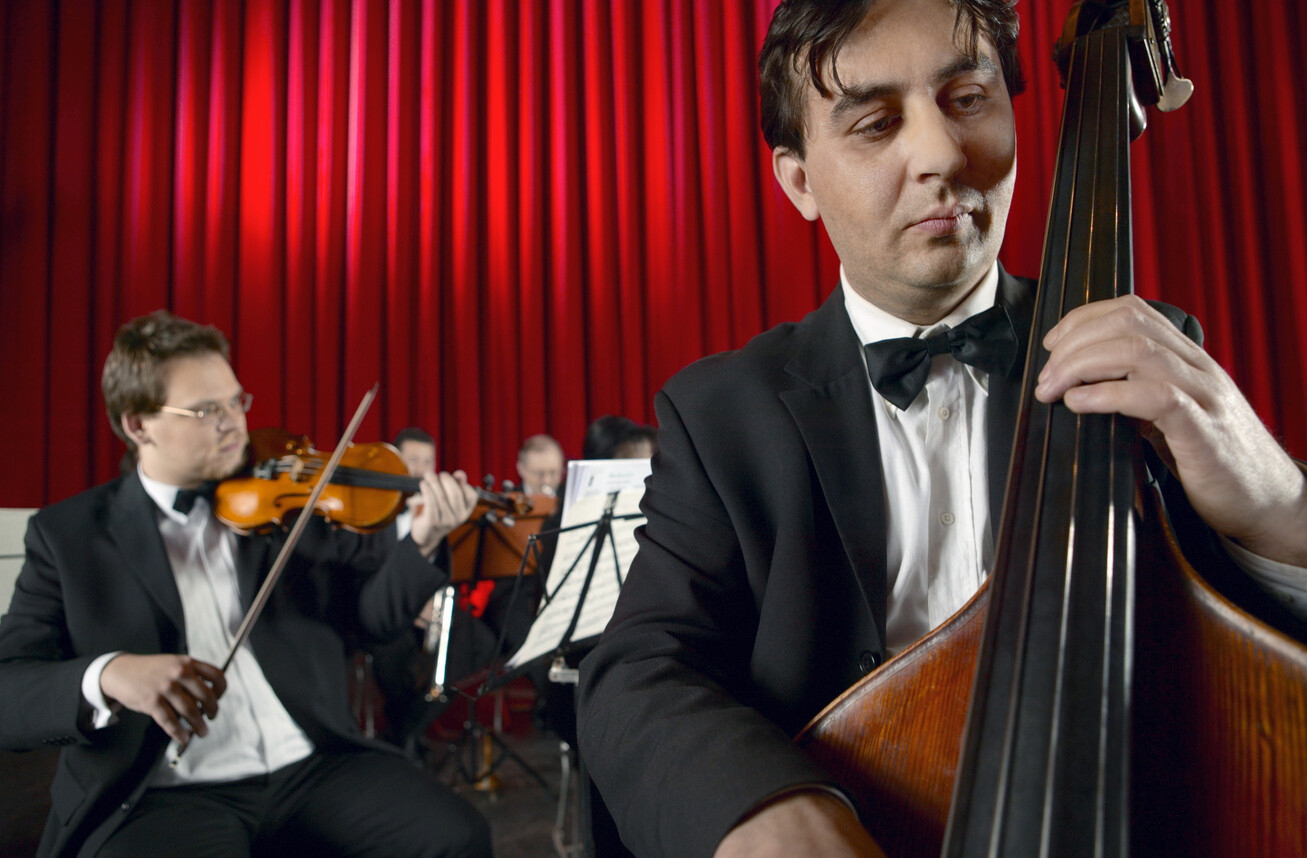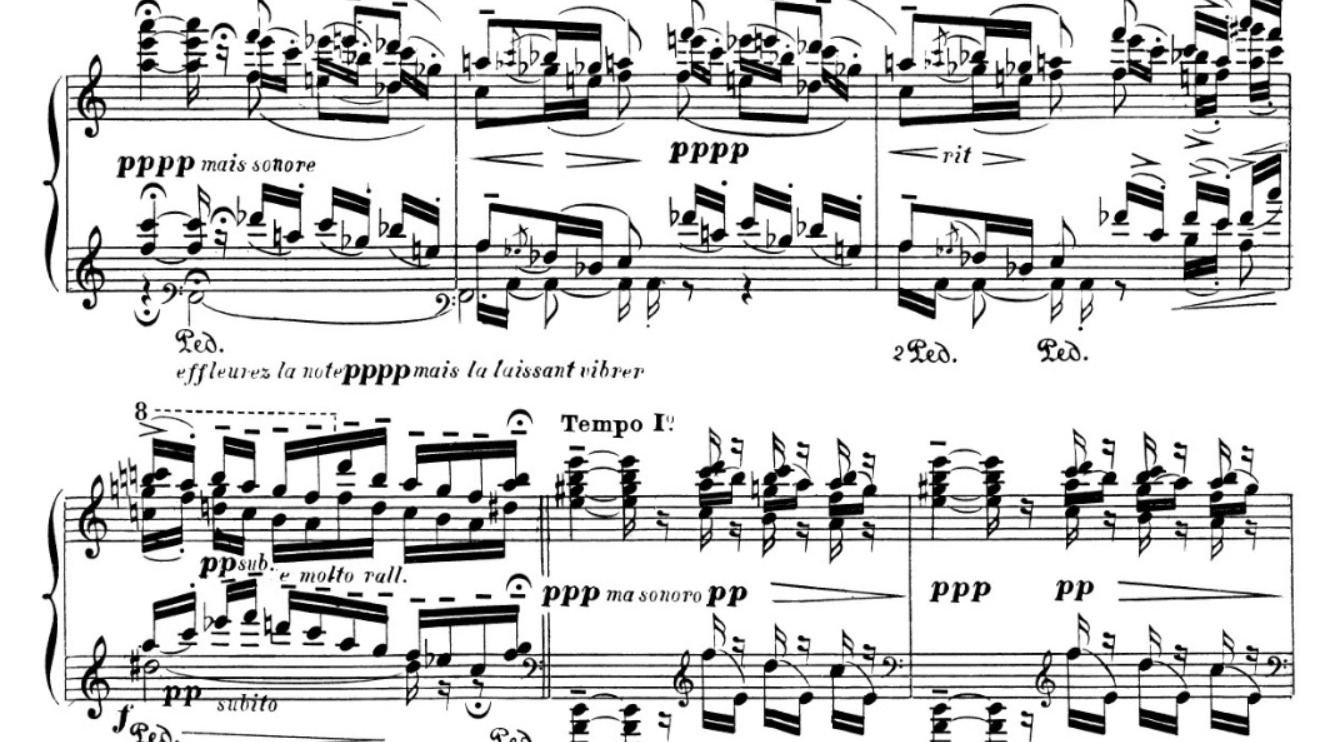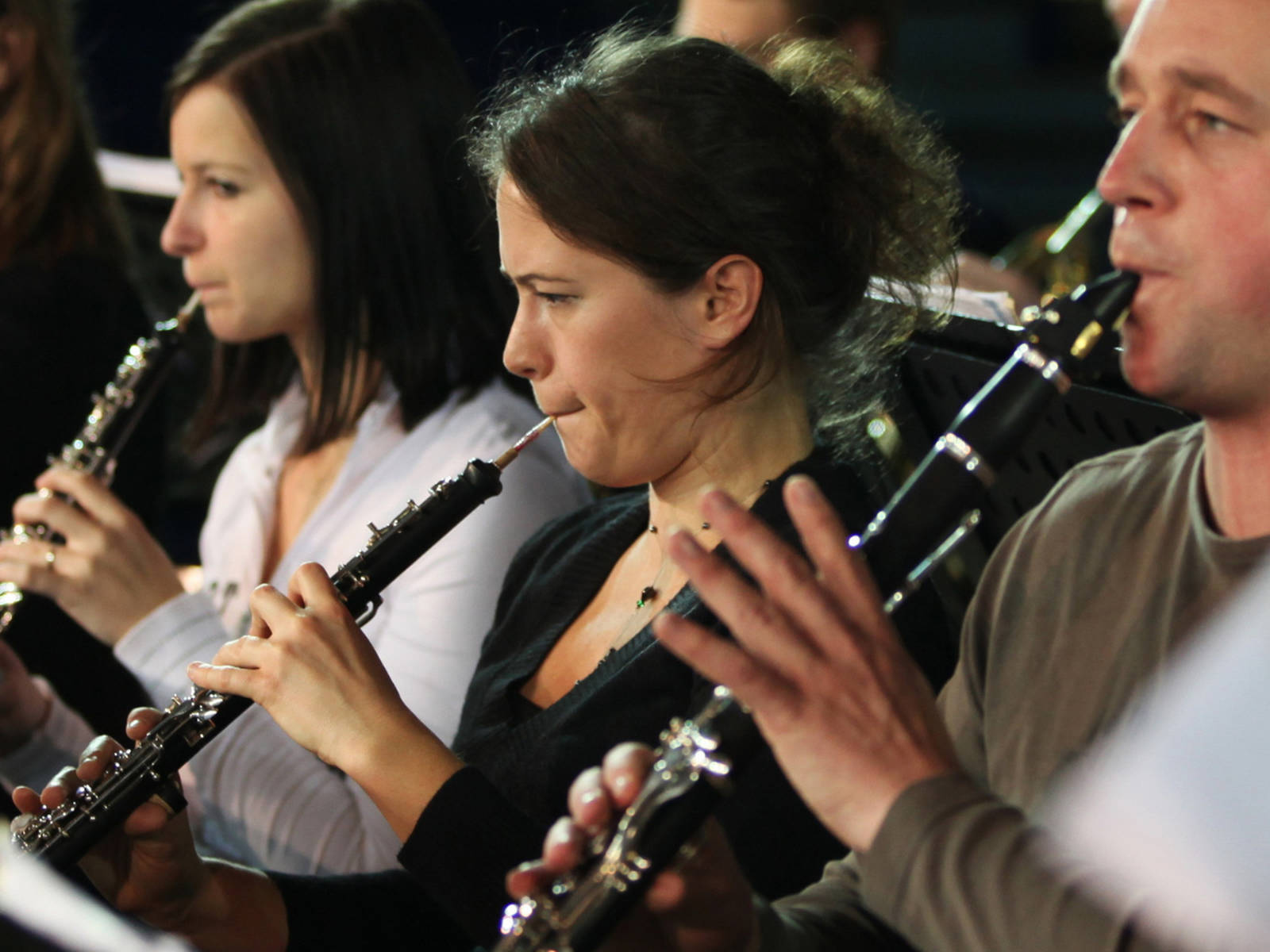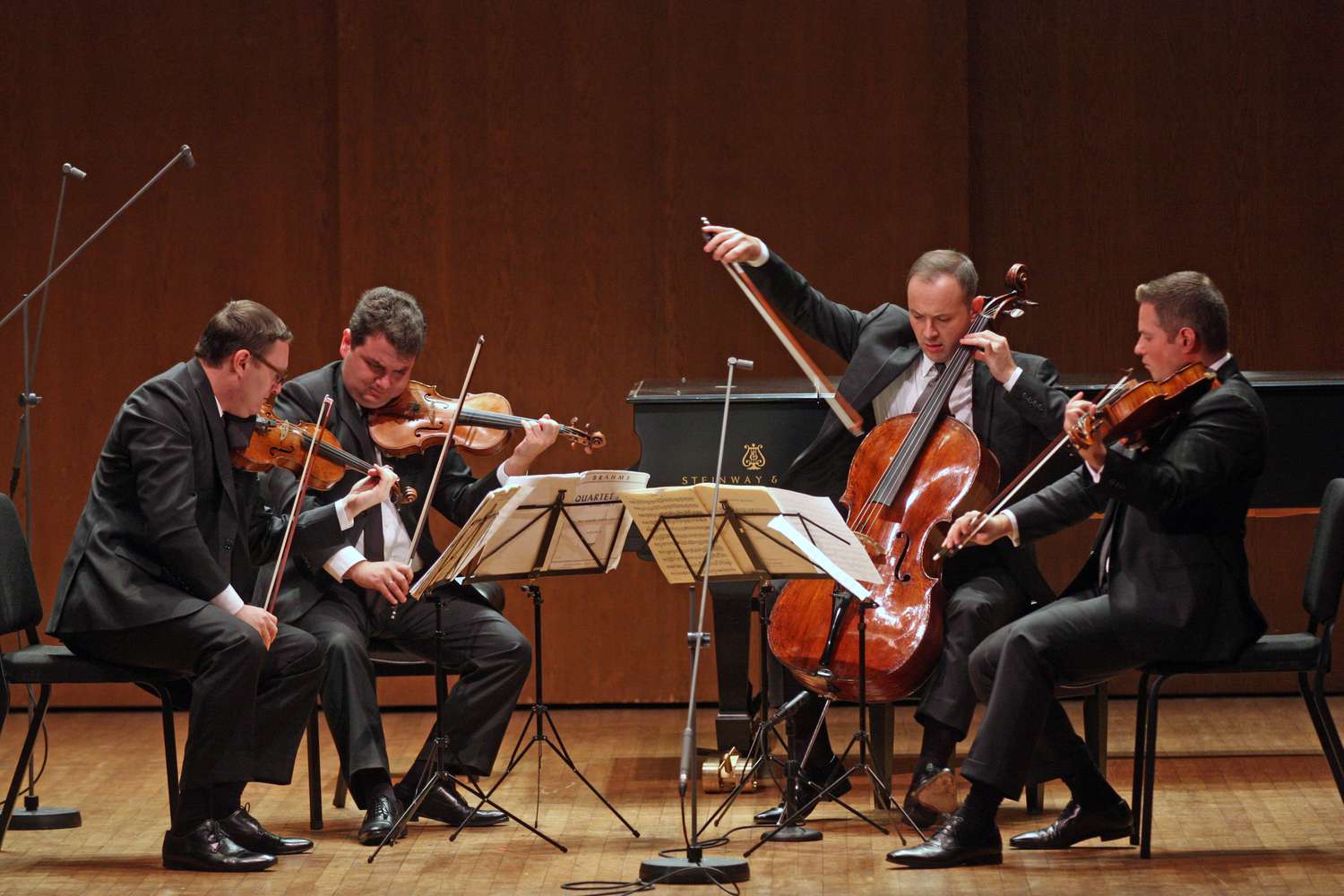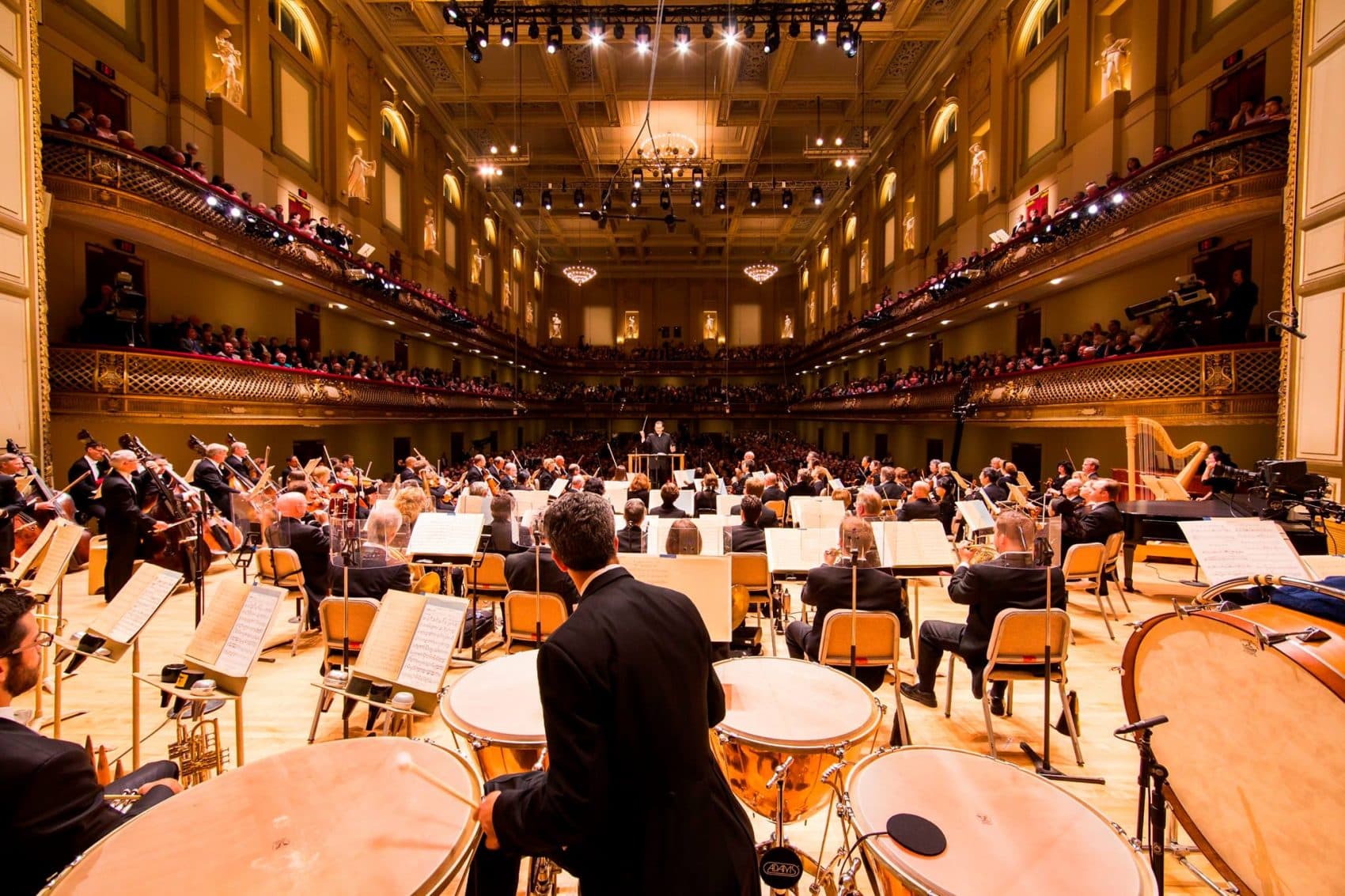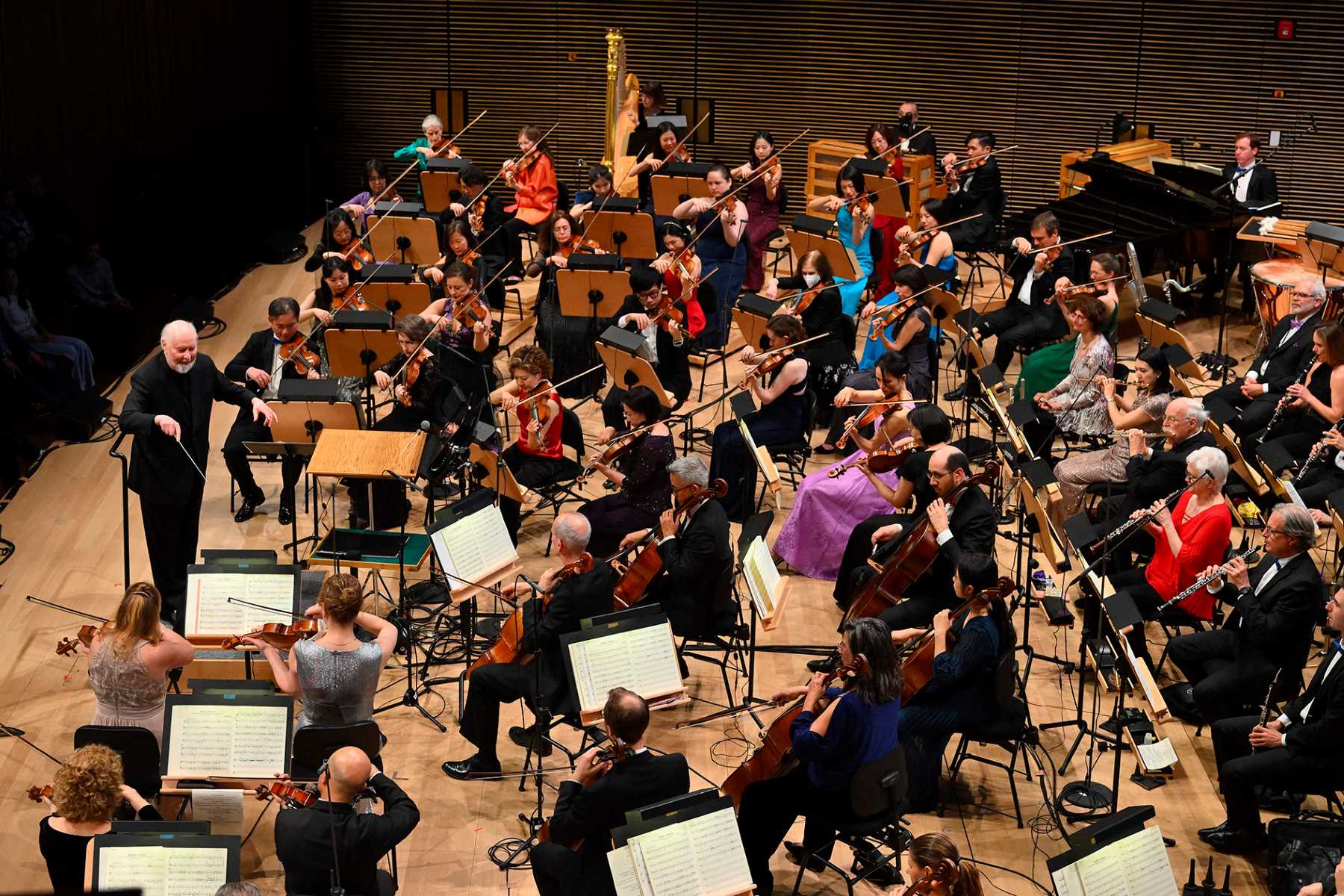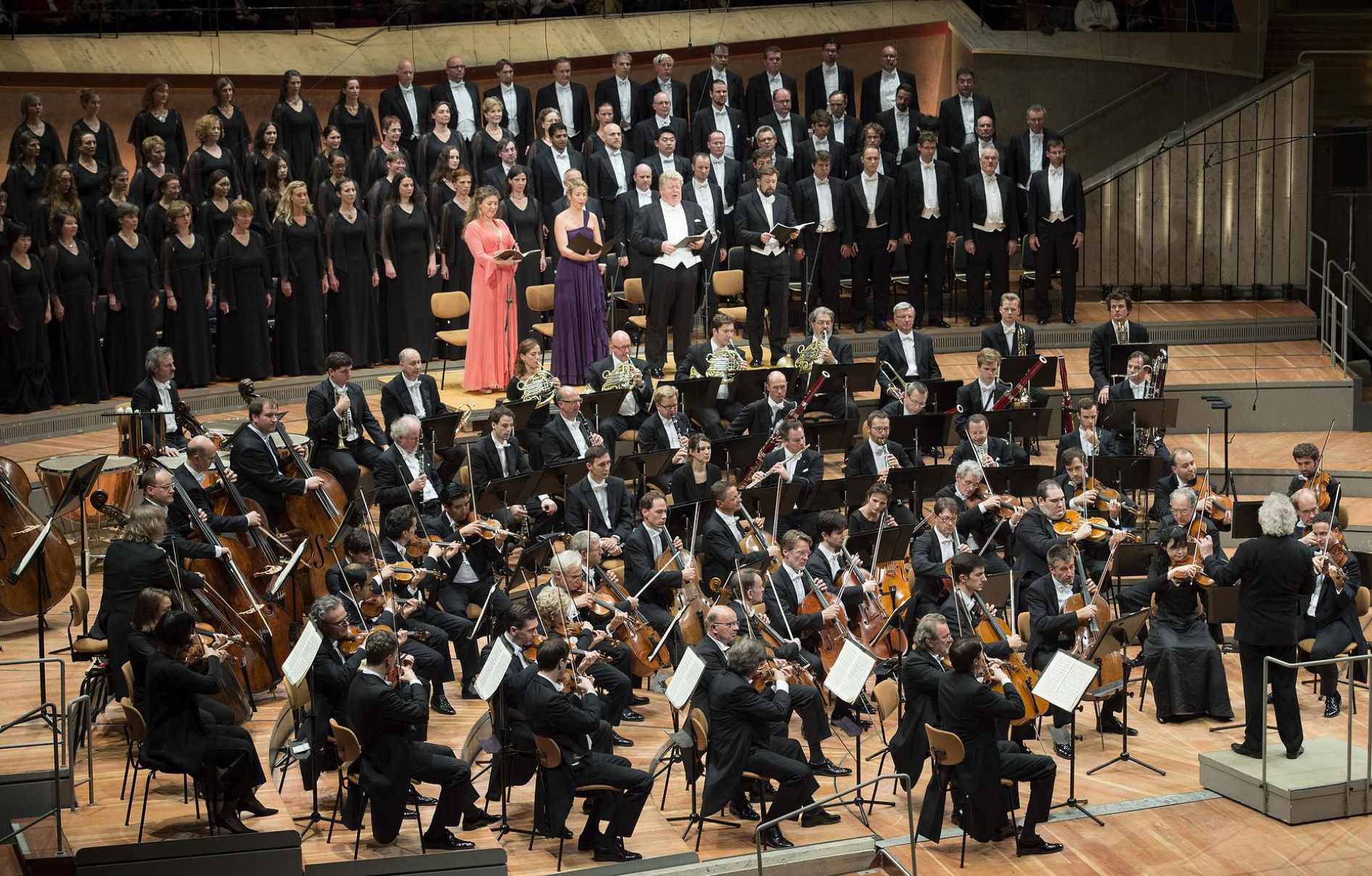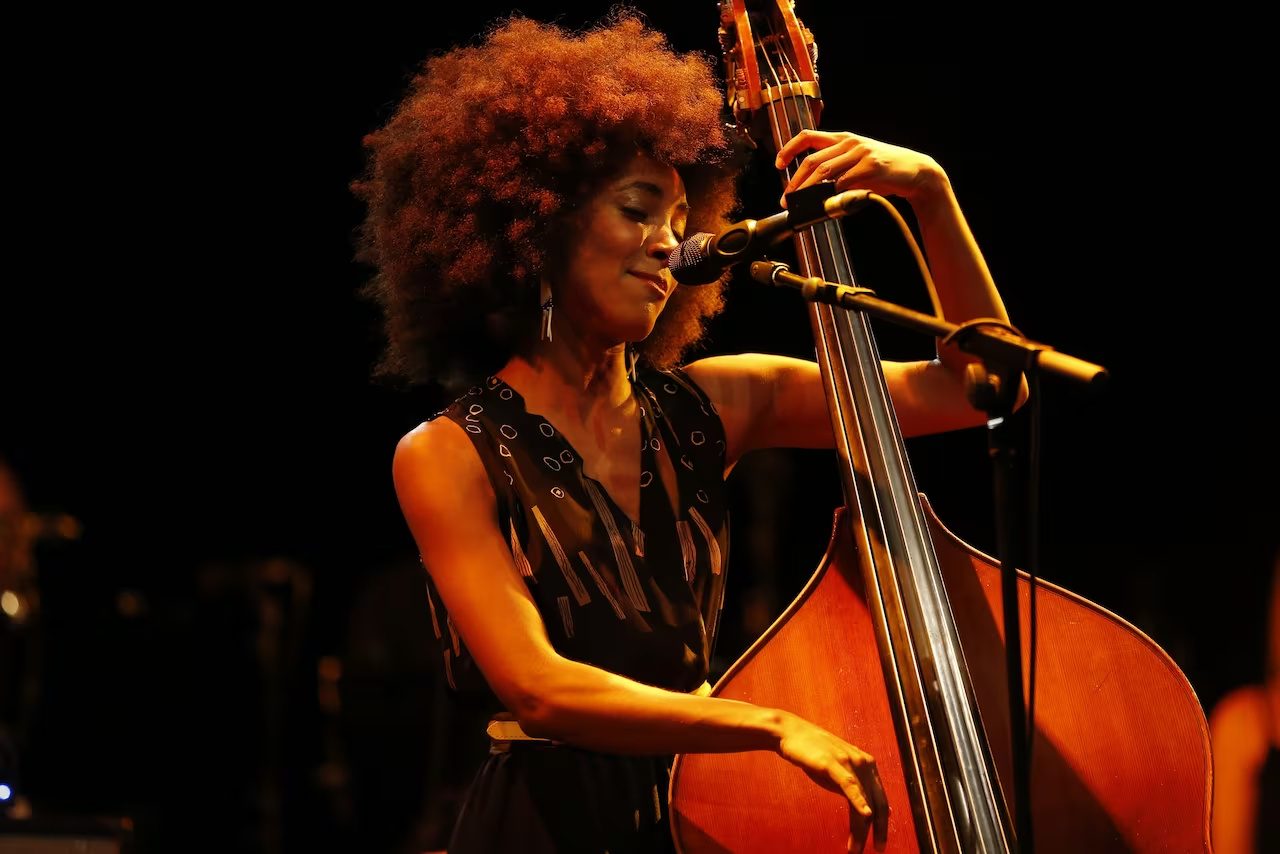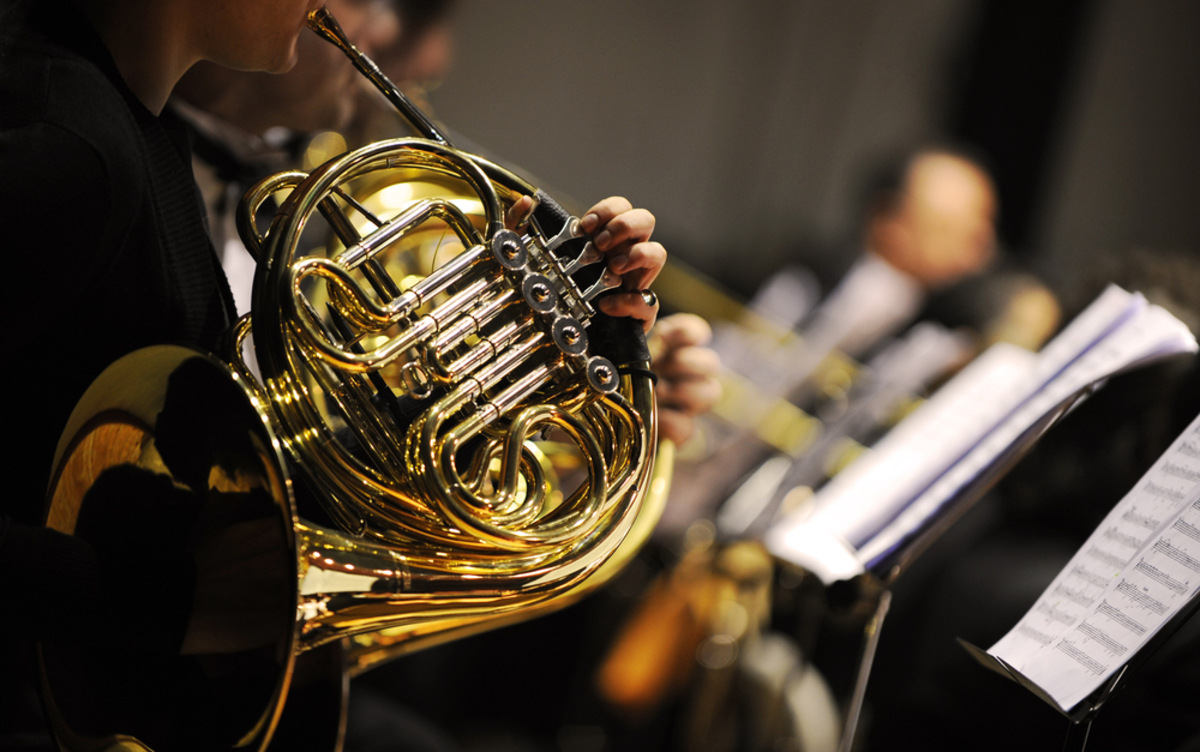Home>Production & Technology>Orchestra>What String Instruments Would You Usually Find In A Symphony Orchestra
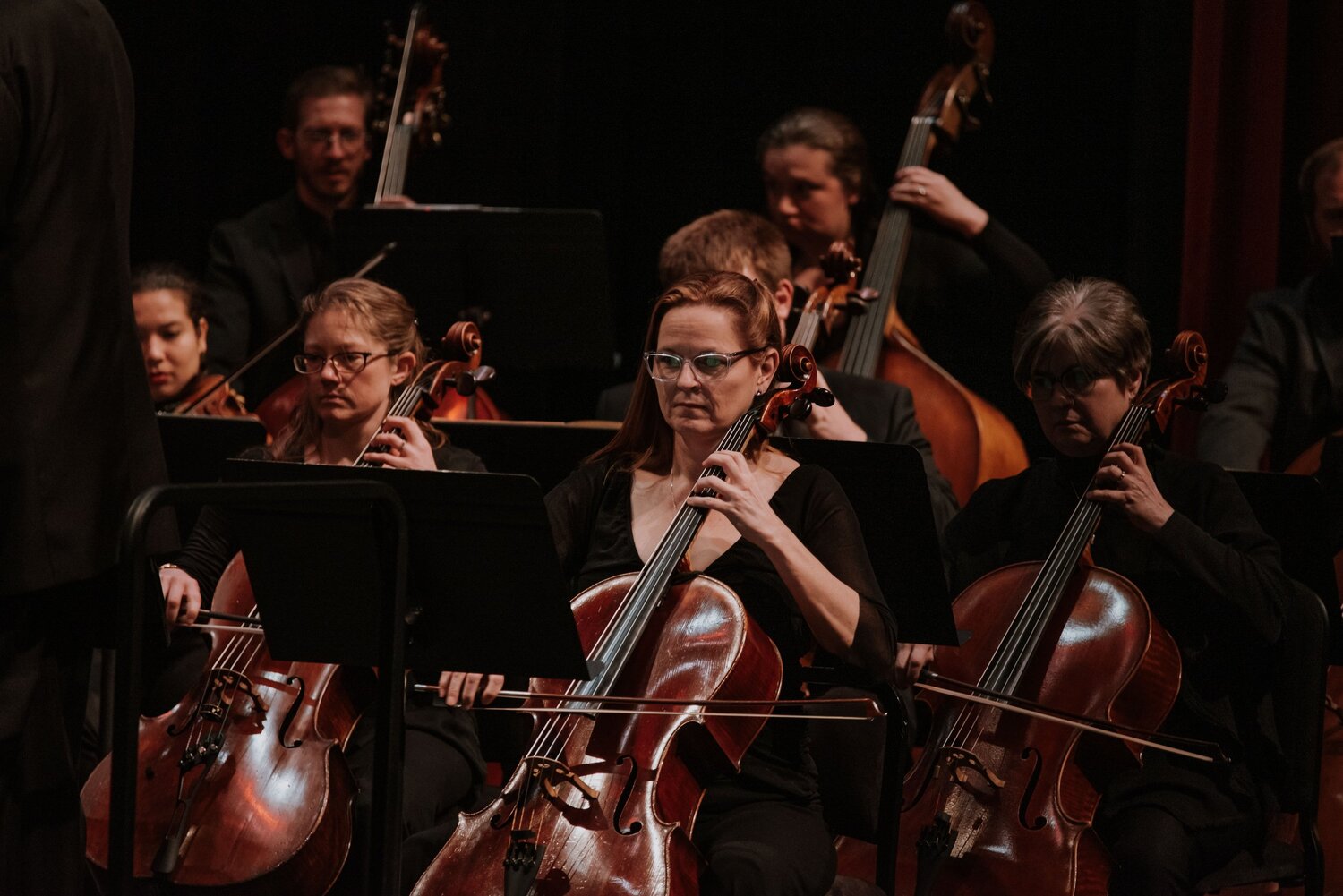

Orchestra
What String Instruments Would You Usually Find In A Symphony Orchestra
Published: February 24, 2024
Discover the diverse array of string instruments commonly found in a symphony orchestra. Explore the rich musical tapestry of the orchestra ensemble.
(Many of the links in this article redirect to a specific reviewed product. Your purchase of these products through affiliate links helps to generate commission for AudioLover.com, at no extra cost. Learn more)
Violin
The violin, often referred to as the heart of the orchestra, is a breathtakingly beautiful instrument that holds a prominent position in the symphony orchestra. Its rich, melodious tones have the power to evoke a myriad of emotions, making it an indispensable component of any orchestral ensemble.
A Timeless Elegance
The violin, with its sleek, curvaceous body and delicate f-holes, exudes an air of timeless elegance. Crafted from carefully selected tonewoods, such as spruce for the top and maple for the back and sides, the violin is a masterpiece of both artistry and engineering. Its varnished finish adds a touch of luster, enhancing its visual allure.
A Versatile Virtuoso
Capable of producing a wide range of tones, from the sweet and tender to the bold and impassioned, the violin is a versatile virtuoso. Its four strings, tuned in perfect fifths, provide the foundation for a diverse repertoire of musical expressions. Whether performing soaring melodies, intricate arpeggios, or soul-stirring harmonies, the violin shines in its ability to convey the deepest sentiments of the human spirit.
The Maestro's Touch
When wielded by a skilled musician, the violin becomes an extension of the artist's soul. The delicate dance of the bow across the strings, guided by the maestro's deft fingers, brings forth a symphony of sound that captivates and enthralls. The violinist's nuanced control over dynamics, intonation, and phrasing infuses each note with life, transforming mere vibrations into a transcendent auditory experience.
A Symphony of Voices
In the orchestra, the violin assumes a pivotal role, leading the string section with its radiant timbre. As the first among equals, the concertmaster, often a violinist, sets the standard for precision and expression, guiding the ensemble through the labyrinth of musical scores. Within the symphonic tapestry, the violin's voice intertwines with those of its fellow strings, weaving a harmonious fabric that forms the foundation of the orchestra's sonic landscape.
The Essence of Emotion
At the heart of its resonance, the violin embodies the essence of human emotion. Its ethereal melodies can convey joy, sorrow, longing, and triumph, eliciting a profound emotional response from its listeners. From the tender strains of a lyrical adagio to the fiery fervor of a virtuosic cadenza, the violin speaks a universal language that transcends cultural boundaries and speaks directly to the soul.
An Everlasting Legacy
Through centuries of musical evolution, the violin has remained a steadfast symbol of artistic expression and cultural heritage. Its enduring presence in classical, contemporary, and cross-genre compositions attests to its timeless allure. As it continues to inspire and enchant audiences around the world, the violin perpetuates its legacy as a paragon of musical excellence.
In the grand symphony orchestra, the violin stands as a testament to the boundless creativity and emotive power of human ingenuity, its resplendent voice resonating through the ages.
Viola
The viola, often regarded as the soulful middle voice of the string section, holds a distinct and revered position within the symphony orchestra. With its warm, mellow timbre and expressive tonal range, the viola enriches the orchestral tapestry, adding depth, resonance, and emotional poignancy to musical compositions.
A Melodic Interlude
Distinct from its smaller sibling, the violin, the viola boasts a slightly larger and resonant body, which contributes to its characteristic mellowness. Its captivating sound, often described as rich and sonorous, occupies the middle register of the string family, bridging the gap between the soaring treble of the violins and the robust bass of the cellos and double basses. This unique tonal quality imbues the viola with a melodic interlude that is both evocative and enchanting.
The Unsung Hero
While the viola may not always claim the spotlight, its role is integral to the harmonic and contrapuntal fabric of orchestral compositions. As a versatile intermediary, the viola provides essential inner harmonies, counterpoints, and transitional passages, lending depth and complexity to the overall sonic landscape. Its soul-stirring melodies and poignant countermelodies infuse orchestral works with a profound sense of emotional depth and introspection.
The Art of Expression
In the hands of a skilled violist, the viola becomes a vessel for profound musical expression. The musician's deft touch and nuanced bowing techniques coax forth a spectrum of emotions, from tender introspection to impassioned fervor. With its expressive capabilities, the viola has the power to convey a vast array of sentiments, from melancholy yearning to exuberant jubilation, captivating audiences with its emotive resonance.
The Heartbeat of Harmony
Within the symphony orchestra, the viola assumes a pivotal role in shaping the harmonic structure and textural richness of musical compositions. As an essential component of the string section, the violas collaborate closely with their fellow string players, weaving intricate contrapuntal motifs and harmonies that underpin the orchestral fabric. Their collective synergy forms the heartbeat of harmonic unity, breathing life into the musical masterpieces performed on the grand stage.
A Testament to Tradition
Throughout the annals of musical history, the viola has upheld a venerable tradition, contributing its soulful voice to the timeless repertoire of orchestral works. From Baroque concertos to contemporary symphonies, the viola's enduring presence serves as a testament to its indispensable role in the evolution of orchestral music. As it continues to resonate with emotive resonance, the viola perpetuates its legacy as an unsung hero of the symphony orchestra, enriching the musical landscape with its soulful melodies and profound expressiveness.
In the grand symphony orchestra, the viola stands as a testament to the boundless creativity and emotive power of human ingenuity, its resplendent voice resonating through the ages.
Cello
The cello, with its majestic presence and soul-stirring resonance, commands attention as the embodiment of musical eloquence within the symphony orchestra. As the second-largest member of the string family, the cello possesses a profound and sonorous voice that resonates with a depth of emotion unparalleled in the orchestral realm.
Akin to a revered maestro, the cello's graceful curvature and resonant wooden body exude an aura of timeless sophistication. Crafted with meticulous precision and artistry, its robust soundboard and resonant chamber form the perfect crucible for nurturing its evocative timbre. The cello's warm, velvety tones, reminiscent of the human voice, evoke a profound sense of intimacy, captivating the hearts and minds of listeners.
In the hands of a skilled cellist, the cello becomes a conduit for profound musical expression. The musician's deft touch and masterful bowing techniques coax forth a spectrum of emotions, from tender introspection to impassioned fervor. With its expressive capabilities, the cello has the power to convey a vast array of sentiments, from melancholy yearning to exuberant jubilation, captivating audiences with its emotive resonance.
Within the symphony orchestra, the cello assumes a pivotal role in shaping the harmonic structure and textural richness of musical compositions. As the cornerstone of the string section, the cellos collaborate closely with their fellow string players, weaving intricate contrapuntal motifs and harmonies that underpin the orchestral fabric. Their collective synergy forms the heartbeat of harmonic unity, breathing life into the musical masterpieces performed on the grand stage.
Throughout the annals of musical history, the cello has upheld a venerable tradition, contributing its soul-stirring voice to the timeless repertoire of orchestral works. From Baroque concertos to contemporary symphonies, the cello's enduring presence serves as a testament to its indispensable role in the evolution of orchestral music. As it continues to resonate with emotive resonance, the cello perpetuates its legacy as a paragon of musical excellence, enriching the musical landscape with its soul-stirring melodies and profound expressiveness.
In the grand symphony orchestra, the cello stands as a testament to the boundless creativity and emotive power of human ingenuity, its resplendent voice resonating through the ages.
Double Bass
The double bass, often hailed as the anchor of the orchestral ensemble, commands attention with its commanding presence and resounding depth. As the largest and lowest-pitched member of the string family, the double bass, also known as the contrabass, exudes a profound and resonant timbre that underpins the harmonic foundation of the symphony orchestra.
Crafted with meticulous artistry, the double bass boasts a robust wooden body that resonates with a warm and sonorous voice. Its towering stature and sweeping curves lend it an air of majestic grandeur, while its deep, resonant tones evoke a sense of profound gravitas. The double bass's imposing physicality and evocative timbre make it an indispensable cornerstone of the orchestral landscape.
In the hands of a skilled bassist, the double bass becomes a conduit for both rhythmic propulsion and melodic expression. The musician's deft manipulation of the strings and agile fingerings bring forth a spectrum of emotions, from the pulsating pulse of rhythmic ostinatos to the lyrical lyricism of melodic passages. With its versatile capabilities, the double bass has the power to infuse musical compositions with a rich tapestry of sonic textures, adding depth and dimension to the orchestral sonic palette.
Within the symphony orchestra, the double bass assumes a pivotal role in shaping the harmonic and rhythmic framework of musical compositions. As the anchor of the string section, the double bass provides essential harmonic support, anchoring the ensemble with its resonant low frequencies. Its deep, rumbling tones resonate with a sense of primal vitality, infusing the orchestral works with a profound sense of grounding and stability.
Throughout the annals of musical history, the double bass has upheld a venerable tradition, contributing its commanding voice to the timeless repertoire of orchestral works. From classical symphonies to contemporary compositions, the double bass's enduring presence serves as a testament to its indispensable role in the evolution of orchestral music. As it continues to resonate with emotive resonance, the double bass perpetuates its legacy as a paragon of musical excellence, enriching the orchestral landscape with its foundational resonance and profound expressiveness.
In the grand symphony orchestra, the double bass stands as a testament to the boundless creativity and emotive power of human ingenuity, its resplendent voice resonating through the ages.
Harp
The harp, with its ethereal beauty and celestial resonance, holds an esteemed position as the angelic voice of the symphony orchestra. As a timeless emblem of grace and elegance, the harp captivates audiences with its enchanting presence and transcendent melodies, weaving a tapestry of celestial harmonies that elevate the orchestral experience to celestial heights.
Crafted with meticulous artistry, the harp's sinuous frame and glistening strings exude an otherworldly allure. Its towering silhouette, adorned with cascading strings and gilded accents, evokes a sense of enchantment and wonder. The harp's resonant soundboard, intricately carved and lovingly varnished, serves as a testament to the artisan's dedication to perfection, yielding a radiant timbre that resonates with celestial purity.
In the hands of a skilled harpist, the harp becomes a conduit for ethereal musical expression. The musician's deft touch and graceful plucking techniques conjure a symphony of celestial voices, from delicate arpeggios that shimmer like stardust to cascading glissandos that evoke the celestial spheres. With its celestial capabilities, the harp has the power to evoke a myriad of emotions, from serenity and tranquility to jubilant exuberance, casting a spell of enchantment upon all who are fortunate enough to listen.
Within the symphony orchestra, the harp assumes a pivotal role in shaping the harmonic and textural fabric of musical compositions. As the celestial voice of the string section, the harp weaves intricate arpeggios and celestial harmonies that infuse orchestral works with an ethereal luminescence. Its evocative resonance, akin to the celestial choir, imbues the orchestral tapestry with a sense of celestial grandeur and transcendent beauty.
Throughout the annals of musical history, the harp has upheld a venerable tradition, contributing its celestial voice to the timeless repertoire of orchestral works. From classical symphonies to contemporary compositions, the harp's enduring presence serves as a testament to its indispensable role in the evolution of orchestral music. As it continues to resonate with celestial resonance, the harp perpetuates its legacy as a paragon of musical excellence, enriching the orchestral landscape with its celestial melodies and transcendent expressiveness.
In the grand symphony orchestra, the harp stands as a testament to the boundless creativity and emotive power of human ingenuity, its celestial voice resonating through the ages.
Guitar
The guitar, a beloved icon of musical expression, infuses the symphony orchestra with its versatile charm and melodic allure. As a quintessential instrument in popular music, the guitar's inclusion in the orchestral ensemble adds a contemporary flair while expanding the sonic palette to encompass a broader range of tonal colors and textures.
Crafted with precision and artistry, the guitar's sleek, curvaceous body and resonant tonewoods imbue it with a timeless elegance. Its six strings, meticulously tuned and poised for harmonic resonance, offer a gateway to a myriad of melodic possibilities. From the tender strains of arpeggios to the resounding chords that reverberate through the concert hall, the guitar's expressive range knows no bounds.
In the hands of a skilled guitarist, the instrument becomes a conduit for boundless musical expression. The musician's nimble fingers dance across the fretboard, coaxing forth a symphony of emotive melodies and stirring harmonies. Whether evoking the soulful strains of a bluesy ballad or the exuberant rhythms of a Latin serenade, the guitar weaves a tapestry of sonic enchantment that captivates audiences with its emotive resonance.
Within the symphony orchestra, the guitar assumes a dynamic role, infusing the ensemble with its rhythmic vitality and harmonic richness. As an integral member of the plucked string section, the guitar collaborates with its fellow string players to create a tapestry of intricate textures and vibrant timbres. Its presence adds depth and dimension to orchestral compositions, enhancing the sonic landscape with its evocative melodic lines and rhythmic punctuation.
Throughout the annals of musical history, the guitar has transcended genres and eras, leaving an indelible mark on the fabric of musical expression. From classical concertos to contemporary symphonic arrangements, the guitar's enduring presence serves as a testament to its adaptability and versatility in the orchestral milieu. As it continues to resonate with emotive resonance, the guitar perpetuates its legacy as a paragon of musical excellence, enriching the orchestral landscape with its contemporary allure and melodic expressiveness.
In the grand symphony orchestra, the guitar stands as a testament to the boundless creativity and emotive power of human ingenuity, its resplendent voice resonating through the ages.
Banjo
The banjo, a spirited and distinctive member of the plucked string family, brings a spirited and folksy charm to the symphony orchestra. With its resonant twang and lively rhythms, the banjo infuses the orchestral ensemble with a down-home allure, evoking images of rustic landscapes and spirited gatherings. As a quintessential instrument in folk and bluegrass music, the banjo's inclusion in the orchestral repertoire adds a touch of Americana while expanding the sonic palette to encompass a broader range of tonal colors and textures.
Crafted with precision and artistry, the banjo's distinctive resonator body and resonant tonewoods imbue it with a rustic elegance. Its five strings, meticulously tuned and poised for harmonic resonance, offer a gateway to a myriad of melodic possibilities. From the spirited frailing of old-time tunes to the lively rolls and melodic runs that reverberate through the concert hall, the banjo's expressive range knows no bounds.
In the hands of a skilled banjoist, the instrument becomes a conduit for boundless musical expression. The musician's nimble fingers dance across the fingerboard, coaxing forth a symphony of emotive melodies and spirited rhythms. Whether evoking the earthy strains of a traditional folk tune or the exuberant energy of a bluegrass breakdown, the banjo weaves a tapestry of sonic enchantment that captivates audiences with its emotive resonance.
Within the symphony orchestra, the banjo assumes a dynamic role, infusing the ensemble with its rhythmic vitality and distinctive timbre. As an integral member of the plucked string section, the banjo collaborates with its fellow string players to create a tapestry of lively textures and vibrant timbres. Its presence adds depth and dimension to orchestral compositions, enhancing the sonic landscape with its spirited melodic lines and rhythmic punctuation.
Throughout the annals of musical history, the banjo has transcended genres and eras, leaving an indelible mark on the fabric of musical expression. From traditional folk ballads to contemporary symphonic arrangements, the banjo's enduring presence serves as a testament to its adaptability and versatility in the orchestral milieu. As it continues to resonate with emotive resonance, the banjo perpetuates its legacy as a paragon of musical excellence, enriching the orchestral landscape with its spirited allure and rhythmic expressiveness.
In the grand symphony orchestra, the banjo stands as a testament to the boundless creativity and emotive power of human ingenuity, its resplendent voice resonating through the ages.


